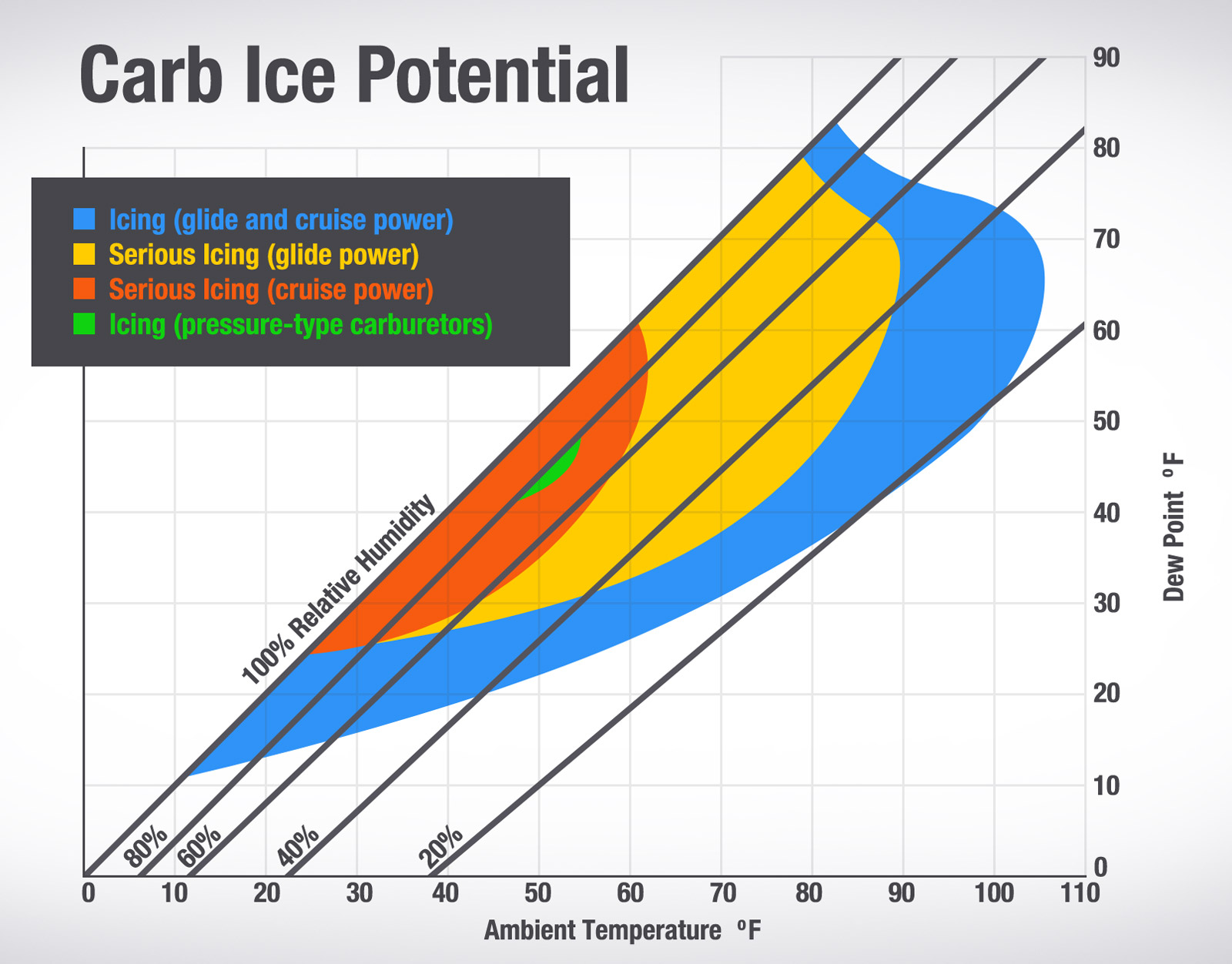sarangan
Pattern Altitude
- Joined
- Jun 7, 2008
- Messages
- 1,896
- Display Name
Display name:
Andrew, CFI-I
Hi, I am a student pilot with very low time. Today was my third flight and during the runup the carb heat knob pulled out much farther than normal and there was no drop in engine RPM indicating the linkage had broken or become disconnected. My instructor seemed OK to still fly the plane as it was a very hot day and we shouldn't really need it. I figured if it is on the checklist and fails, don't fly. We taxied back and did not fly because I didn't trust it, did I make the right call? Also, should I be billed for the hobbs time we were in the plane for something like this?
Legality depends on if the POH lists it as a required equipment. Carb icing can occur in hot weather too. Someone posted here about carb icing during takeoff leading to an engine failure at night. In any case, it sounds like you showed better judgement than the CFI. You should nurture this character, and don't let someone else talk you into taking short cuts.


